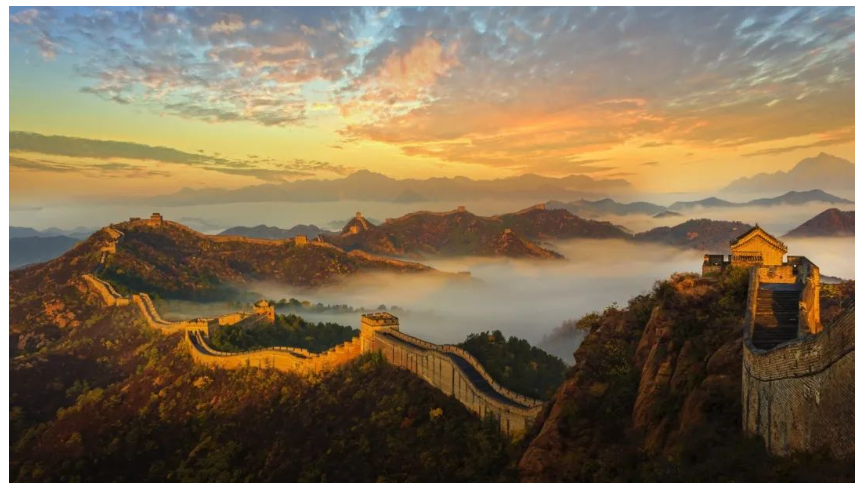What does it take to go from a determined leader to a legendary emperor? In the case of Emperor Qin Shi Huang, it was a mix of relentless ambition, bold decisions, and an unwavering belief in his own power. Let’s take a look at how he achieved one of the most remarkable feats in Chinese history – unifying China and establishing the imperial system that would shape the country for centuries.

It all began in 221 BC, when Qin conquered the last of the warring states, effectively ending over 500 years of the Spring and Autumn and Warring States periods. With the defeat of Qi, Qin’s king, Ying Zheng, took the title “Emperor” (皇帝), combining the titles of “Three Sovereigns” and “Five Emperors.” This marked the beginning of the imperial era in China. The title “Emperor” was revolutionary, signaling a shift from fragmented kingdoms to a unified empire.
As a reward for their hard work, loyal generals and ministers were often granted territories in the form of feudal domains. This feudal system, established long before Qin’s reign, was seen as an efficient way to govern vast lands and reward those who contributed to the state’s success. However, in Qin’s case, this system would soon be replaced with something more centralized.
At first, Qin Shi Huang’s ministers, including the influential Wang Wan, suggested that feudal lords should be appointed to govern distant regions like Qi, Yan, and Chu. They argued that only powerful lords could maintain order in these hard-to-reach places. Despite some support for this idea, Qin Shi Huang rejected it and opted for a more centralized approach. Instead of granting these lords vast territories, he divided the empire into 36 administrative regions, each governed by appointed officials. This shift from feudal to centralized rule was key in ensuring that Qin’s power remained unchallenged.
This decision was not without its critics. Li Si, the prime minister, warned that the feudal system, as seen in earlier dynasties like the Zhou, had led to instability and fragmentation over time. Li’s advice ultimately helped Qin Shi Huang avoid repeating the mistakes of past rulers. By maintaining strict control over the administration, Qin laid the groundwork for a more unified and powerful empire.
But what made Qin Shi Huang’s reign stand out even more was his ability to keep his allies close without relying on the typical political tools of marriage alliances or noble support. Unlike many rulers who relied on dynastic ties and external political alliances, Qin Shi Huang’s rule was shaped by a deeply rooted self-confidence and an iron grip on power. Unlike most of his contemporaries, he didn’t need a queen or political marriages to strengthen his position. In fact, historical records show that he had no queen or direct heirs in the traditional sense. This makes him one of the most independent rulers in ancient Chinese history.
Qin Shi Huang’s policies, including his ambitious building projects like the Great Wall and the Terracotta Army, are often cited as symbols of his desire for immortality and control. His complete focus on consolidating power left little room for personal relationships or alliances. His reign was about one thing and one thing only: the total unification of China under his rule.
Despite his autocratic rule, Qin Shi Huang’s reign had a lasting impact. His centralized governance model laid the foundation for China’s imperial system, influencing dynasties that would come after him. His confidence and willingness to break with tradition allowed him to shape the course of Chinese history. The cultural impact of his reign continues to be felt today, as his legacy of unity and centralization remains a key feature of modern China’s political system.
In the end, Qin Shi Huang’s story is a reminder of the power of vision and determination. He didn’t just conquer lands; he conquered the very idea of what it meant to rule a nation. His reign marks the beginning of a new chapter in Chinese history, one where the emperor’s authority was absolute and unchallenged.

No comments yet.